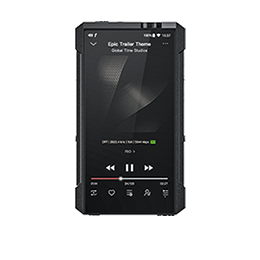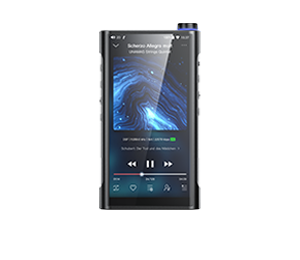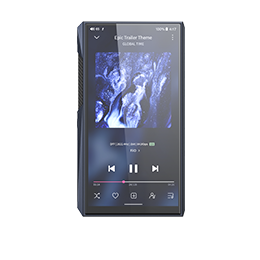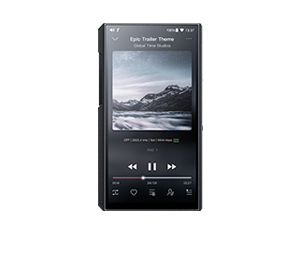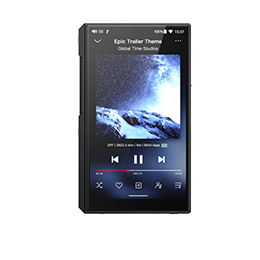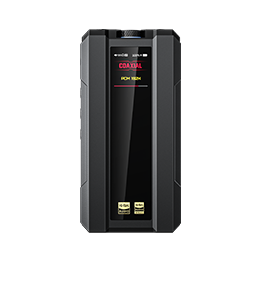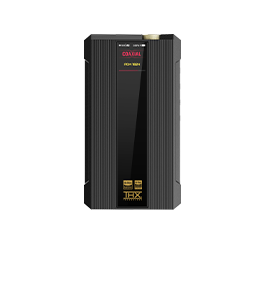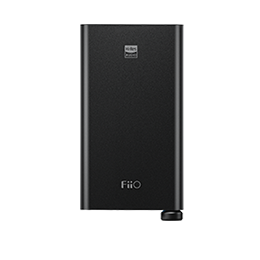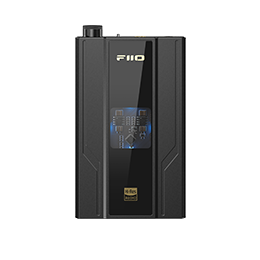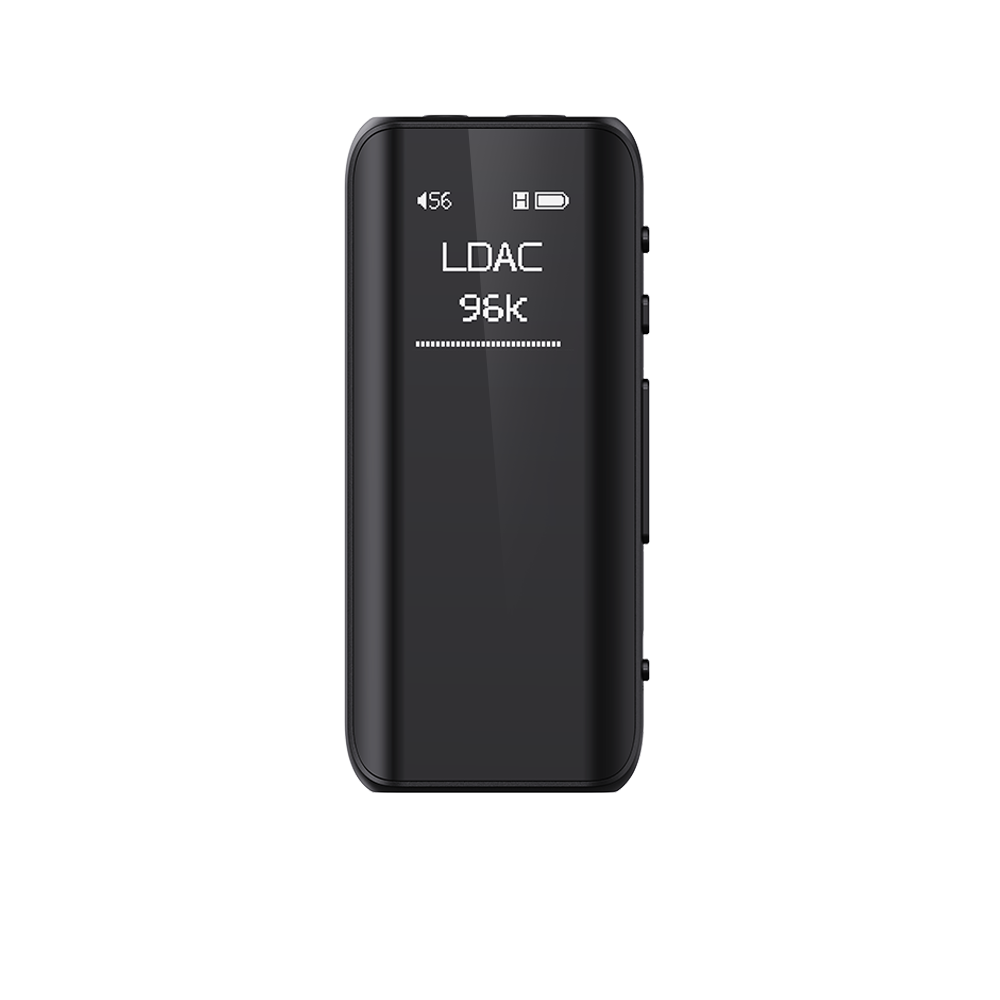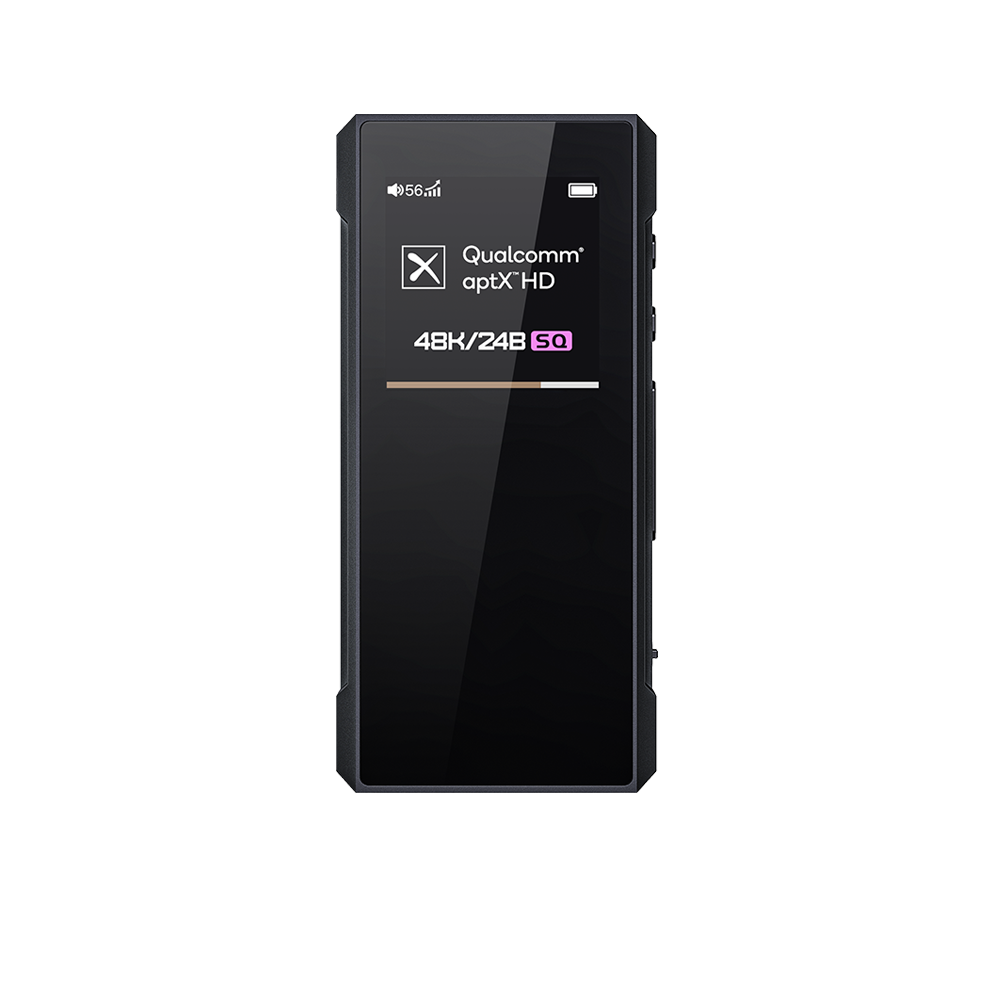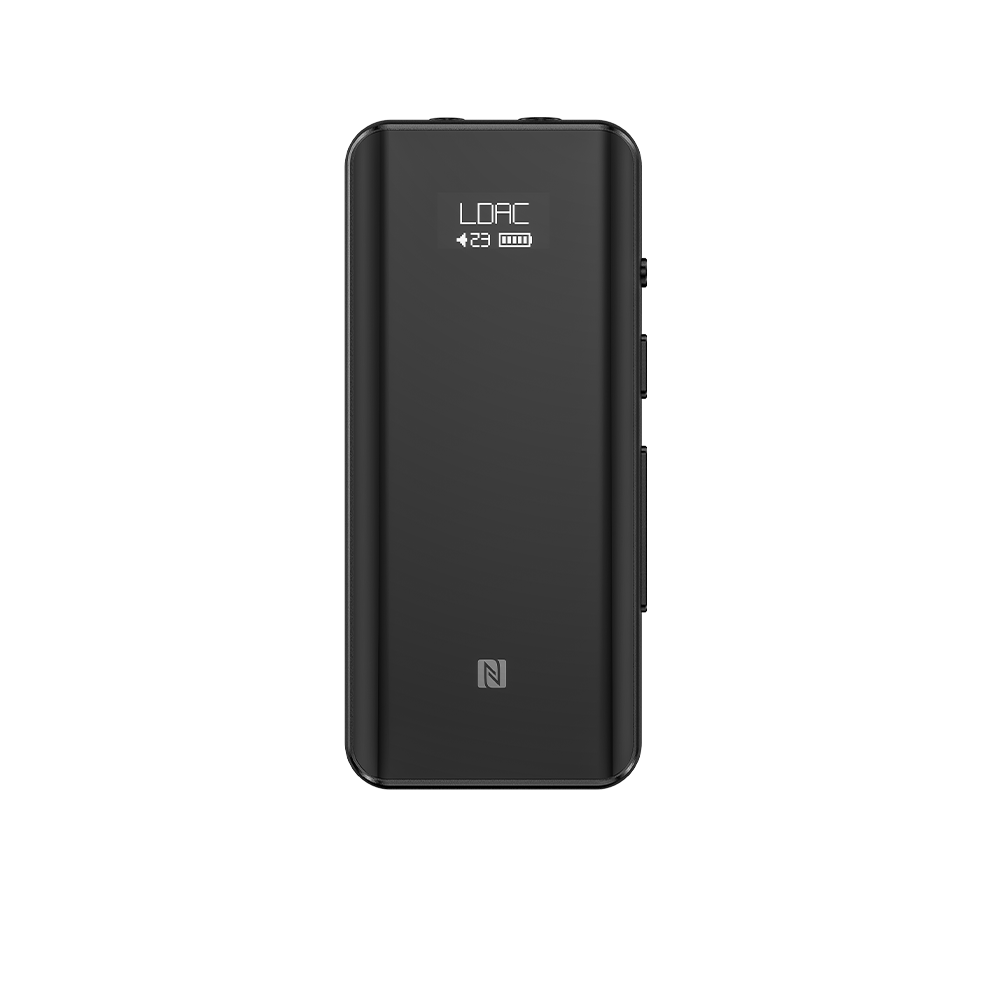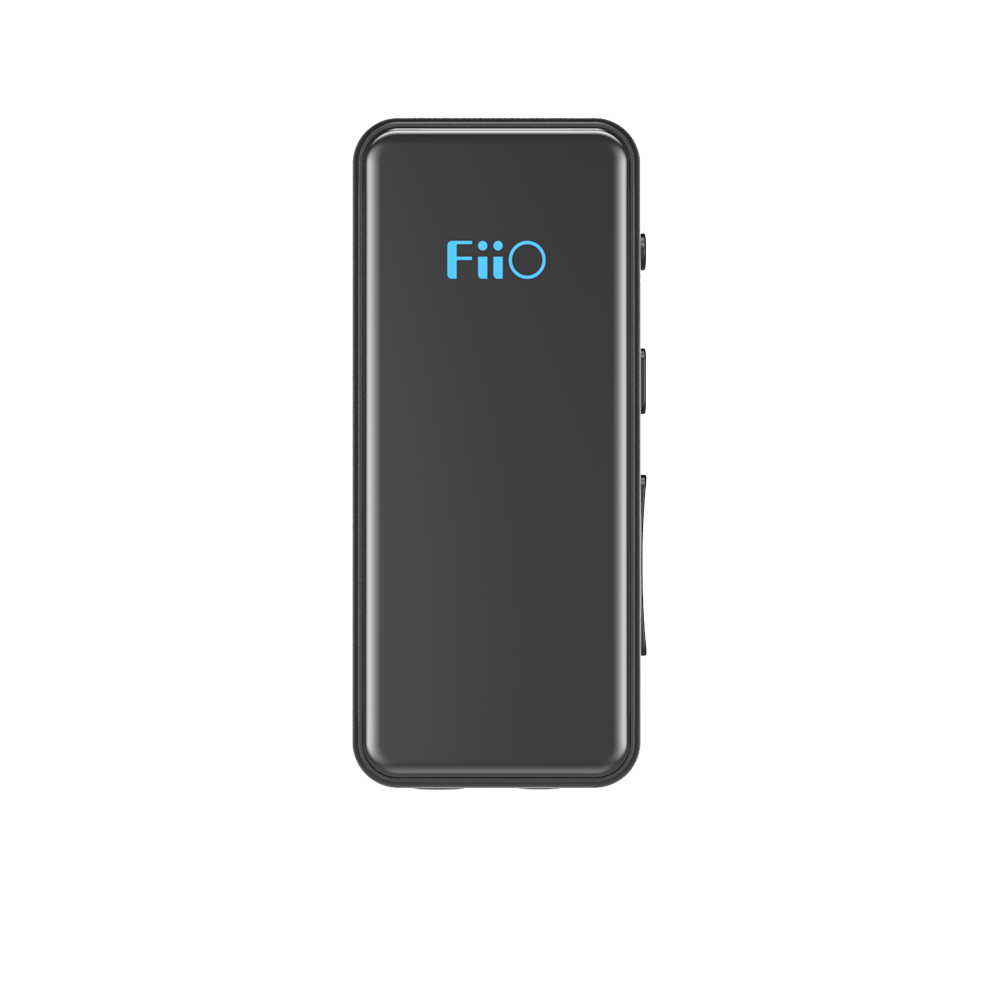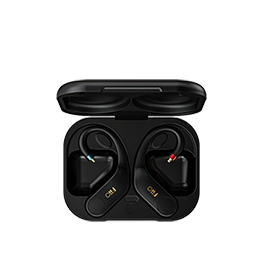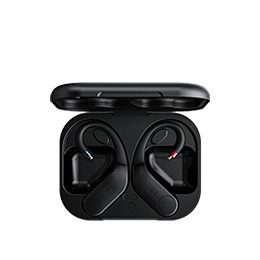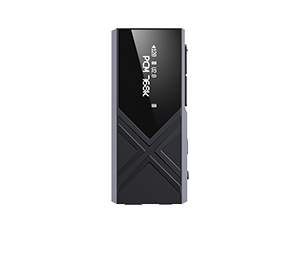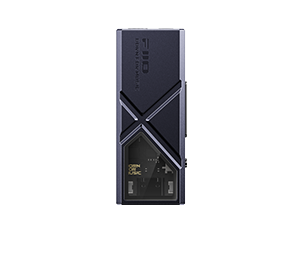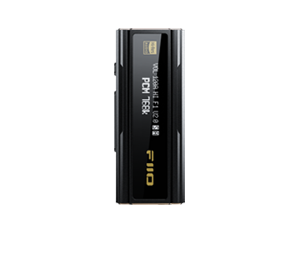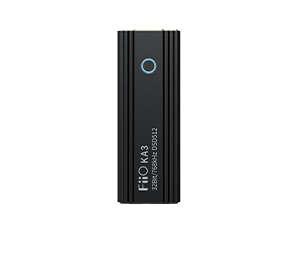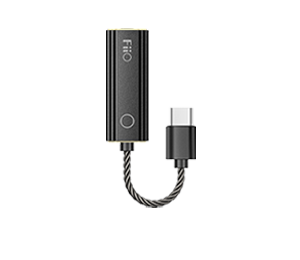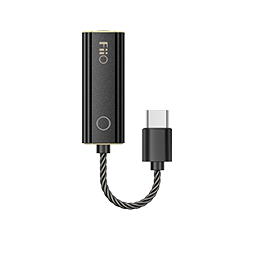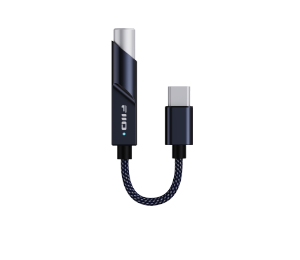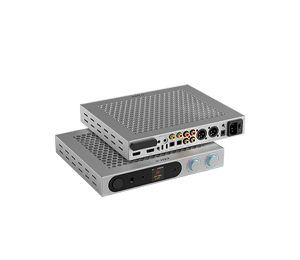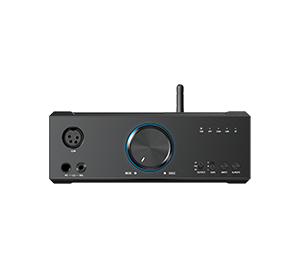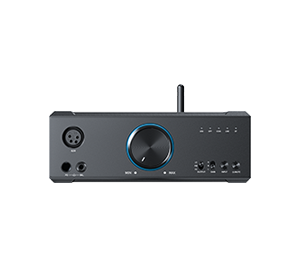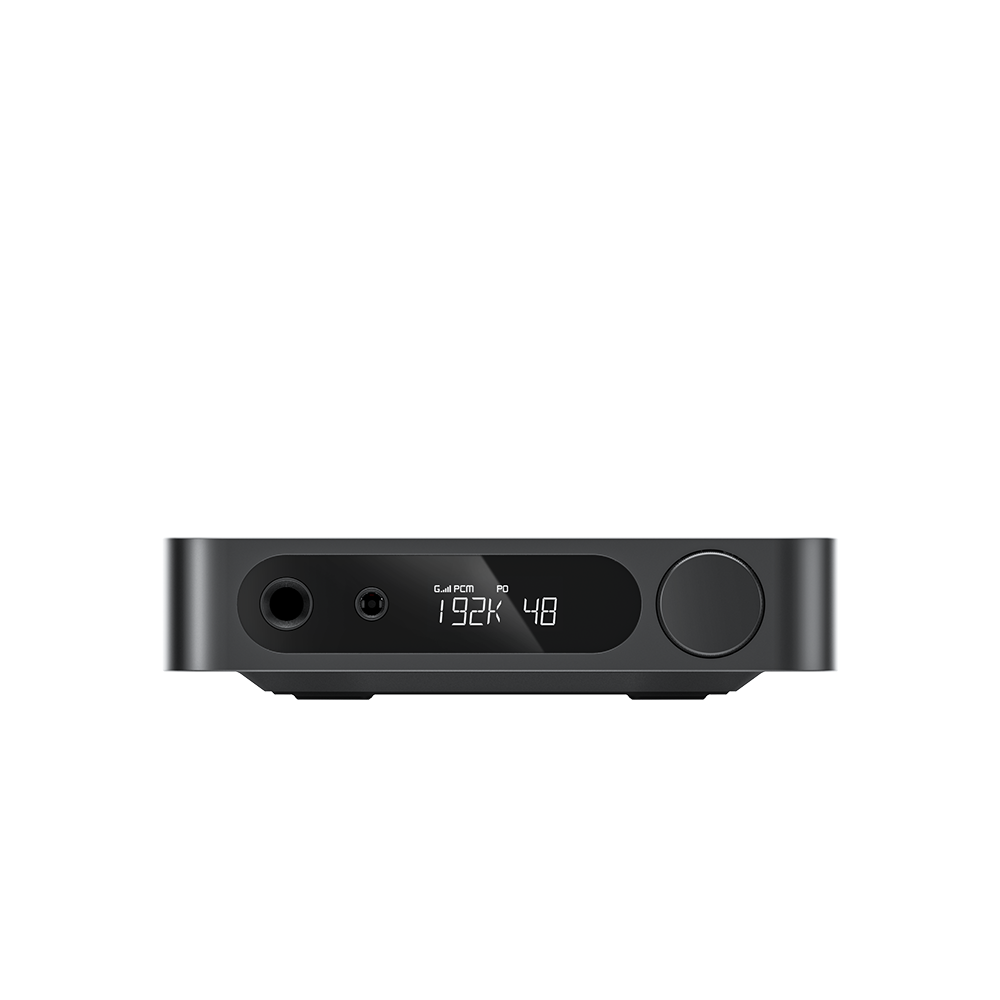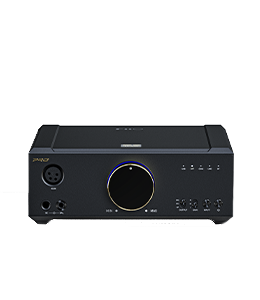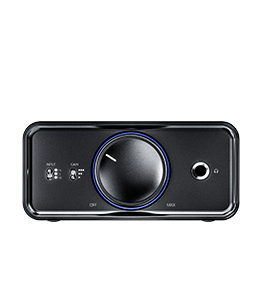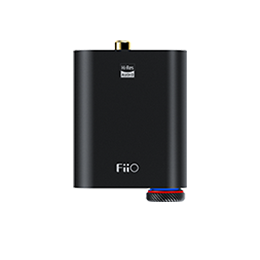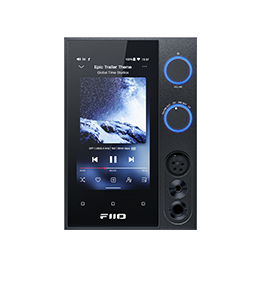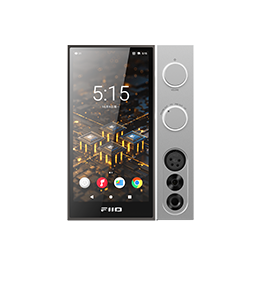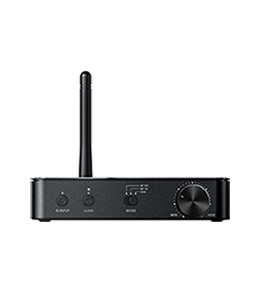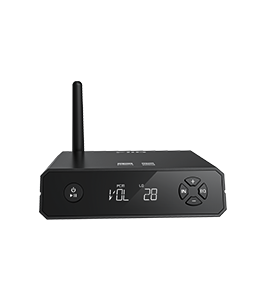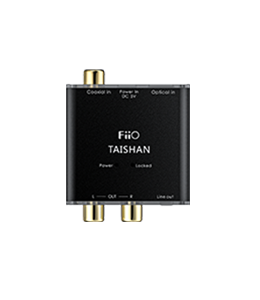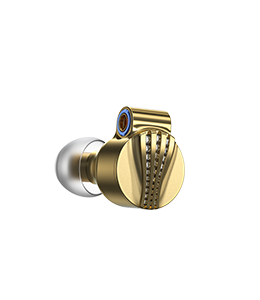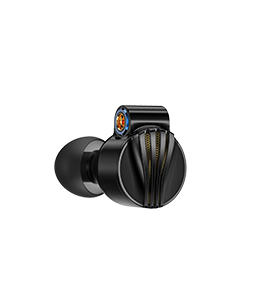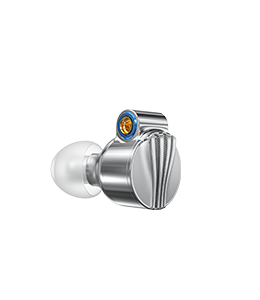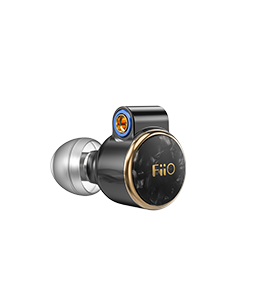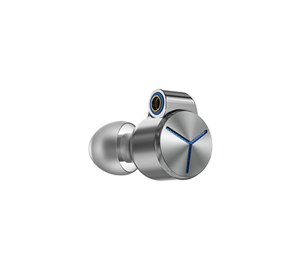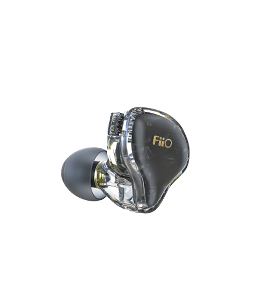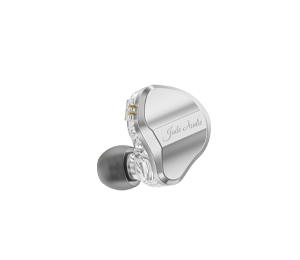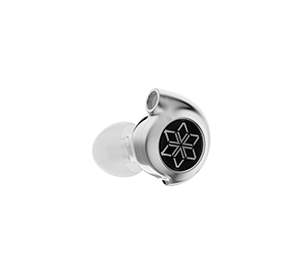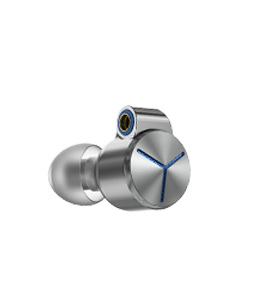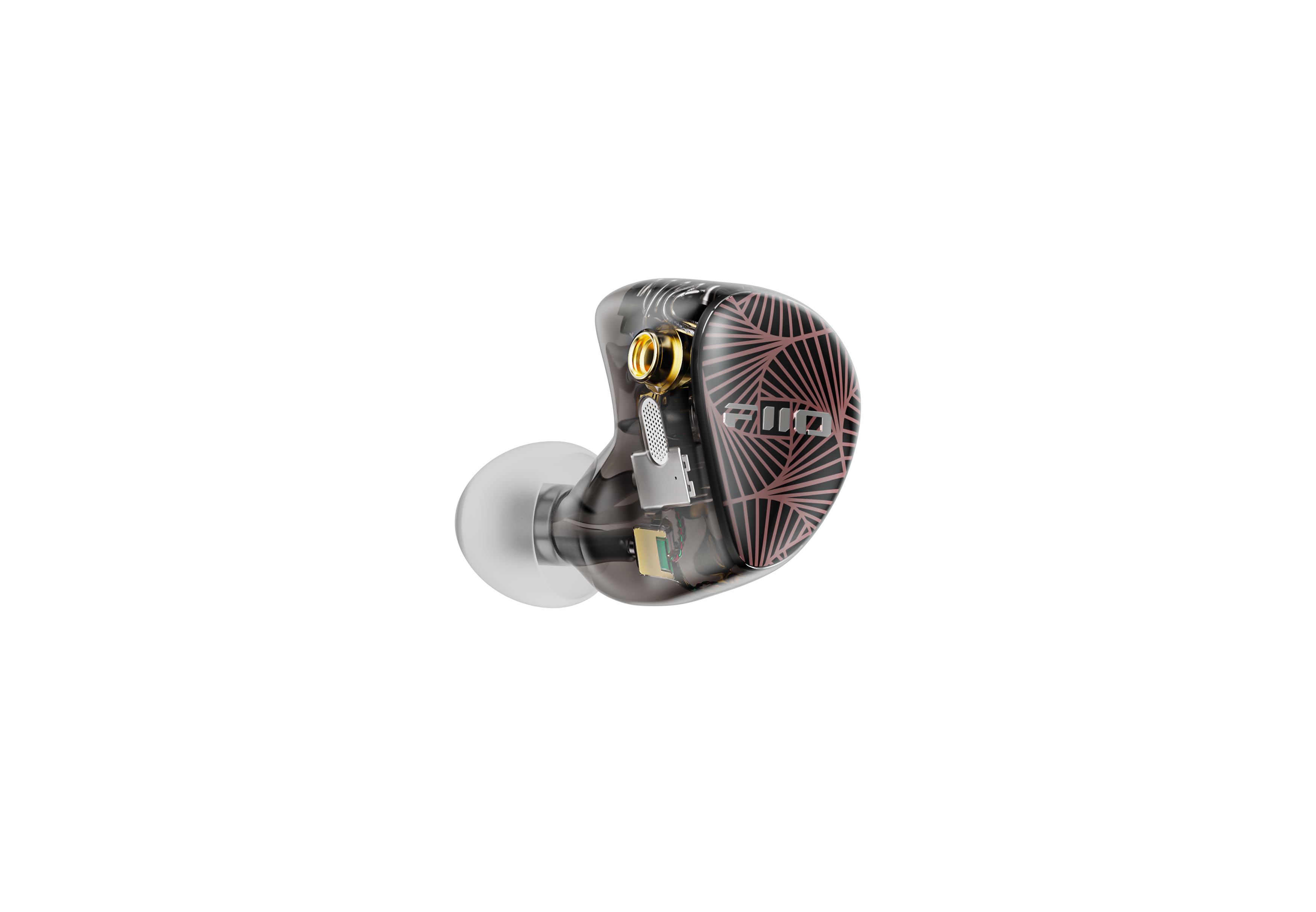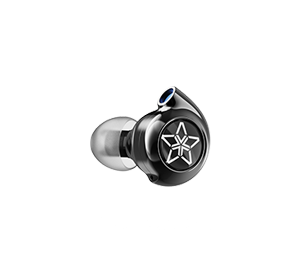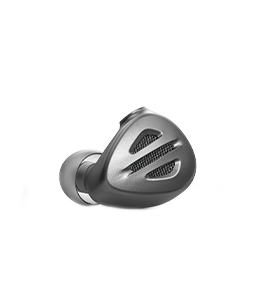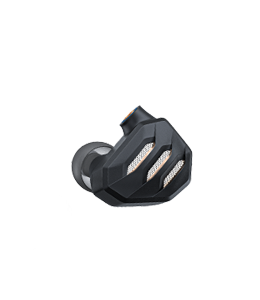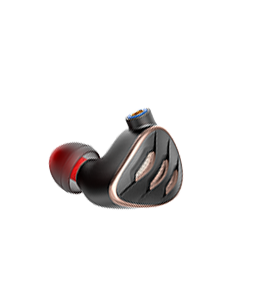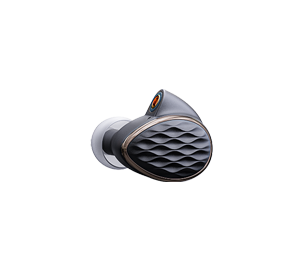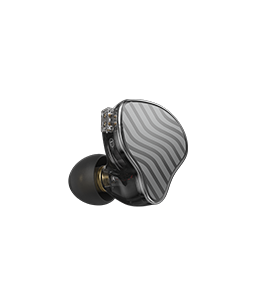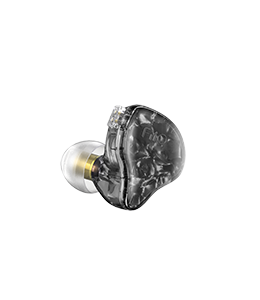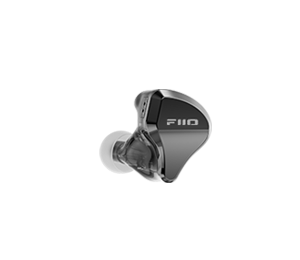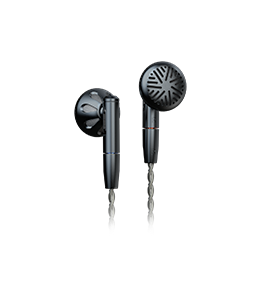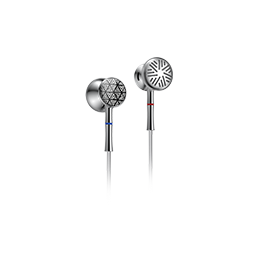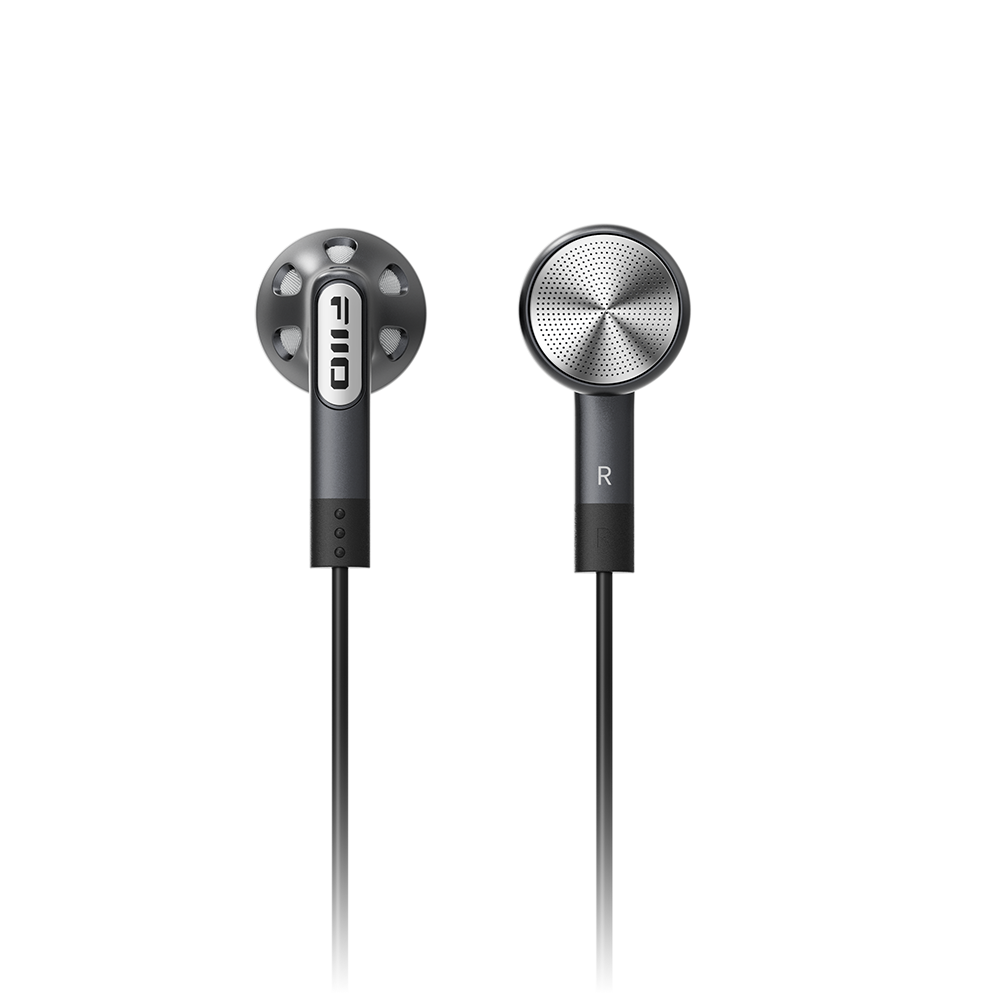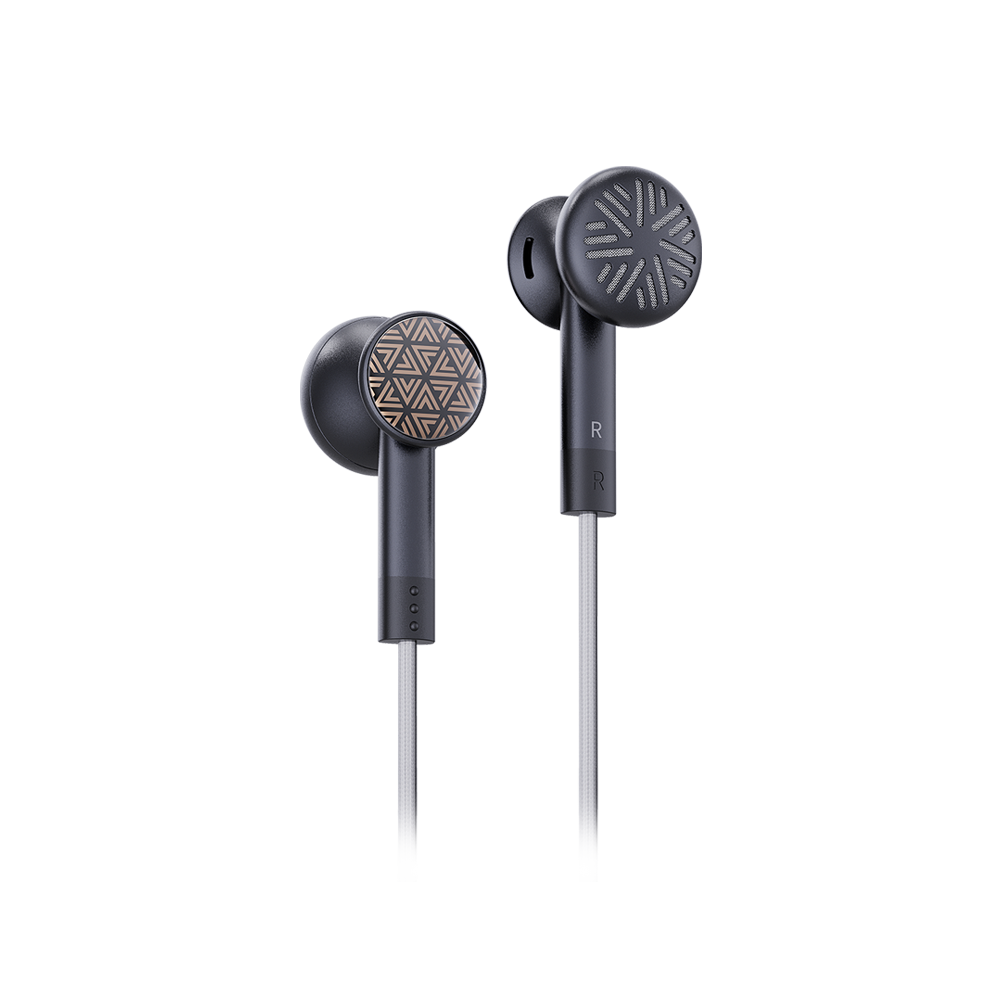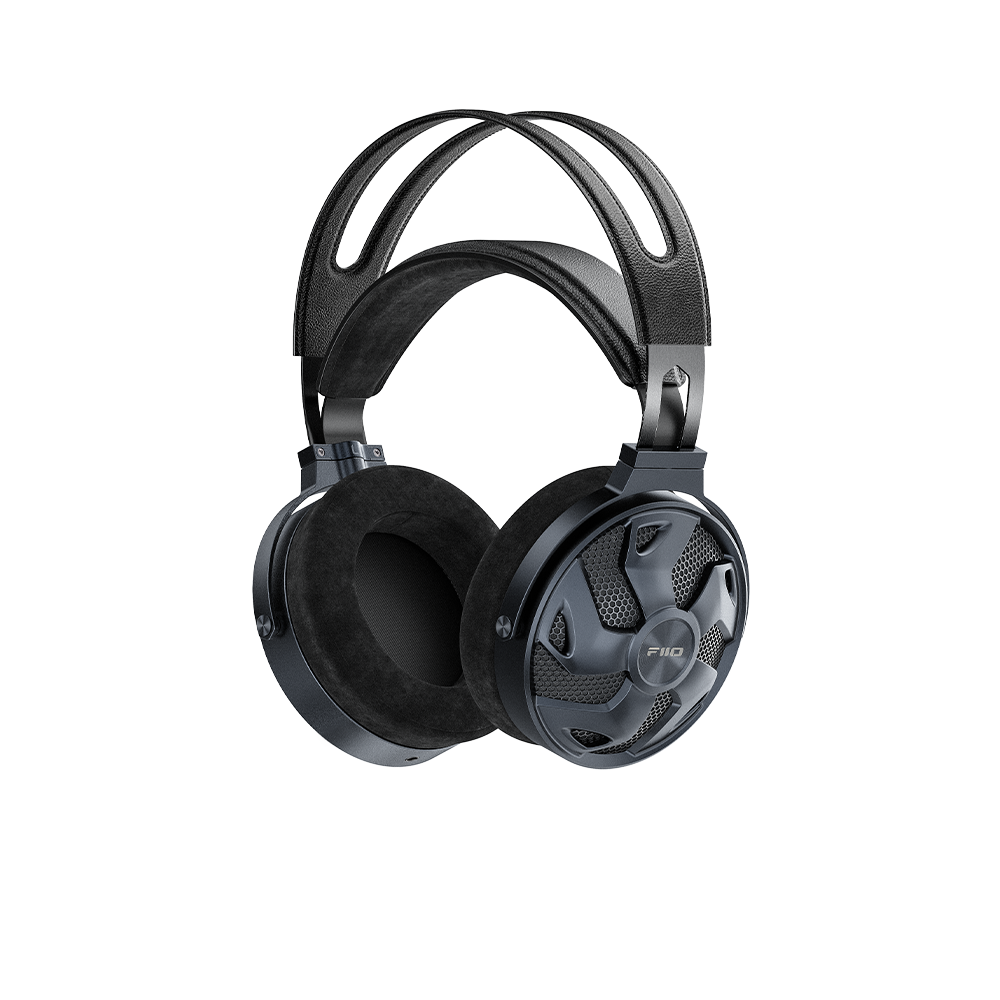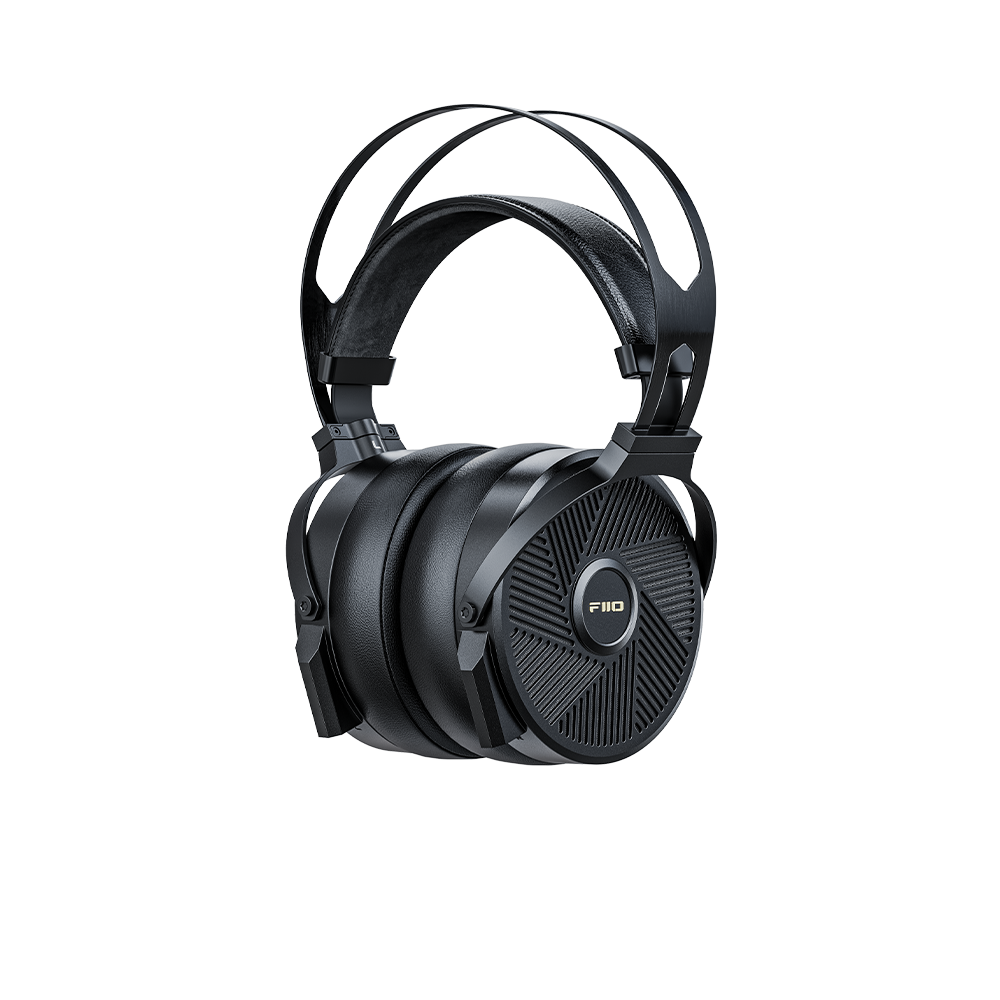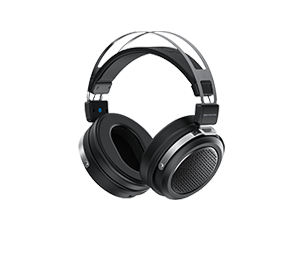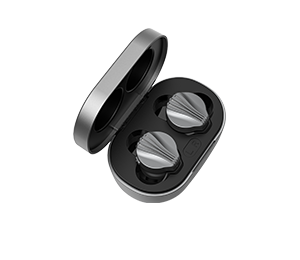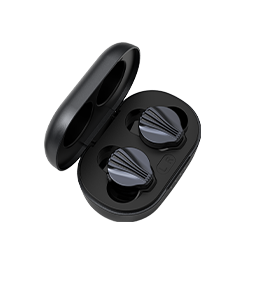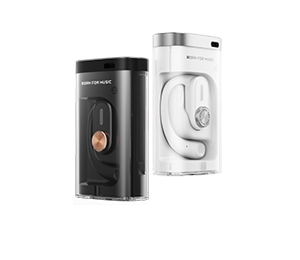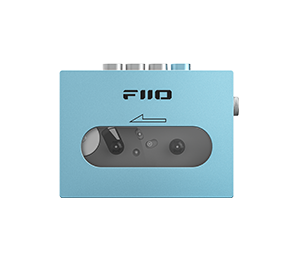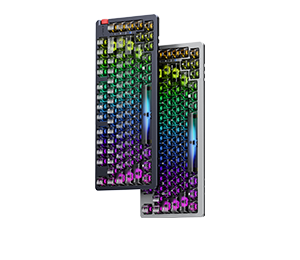FiiO Feiao X3 Mark III Portable Audio Player Evaluation Report [II] Bluetooth/USB Mode/LO Evaluation
in the first "FiiO Feiao X3 Mark III Portable Audio Player Evaluation Report [I] Function Experience and Headset Evaluation" [Author: Soomal], we introduced the main function experience and core hardware of Feiao X3 MarkIII, and conducted subjective and objective evaluation on the headset output. In today's second evaluation, we will directly enter the evaluation and function experience links, including Bluetooth function experience, subjective and objective evaluation of digital output and Lineout, and evaluation of various outputs in USB mode.
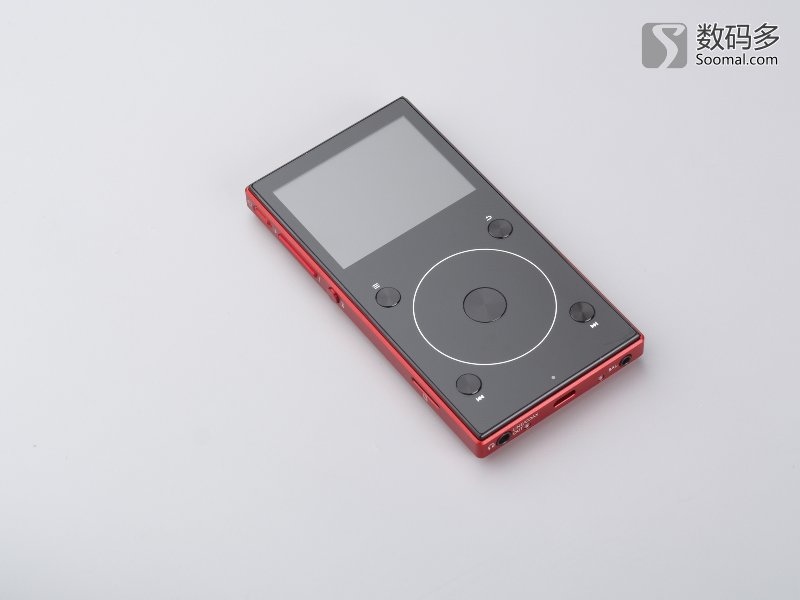
FiiO Feiao X3 Mark III Portable Audio Player
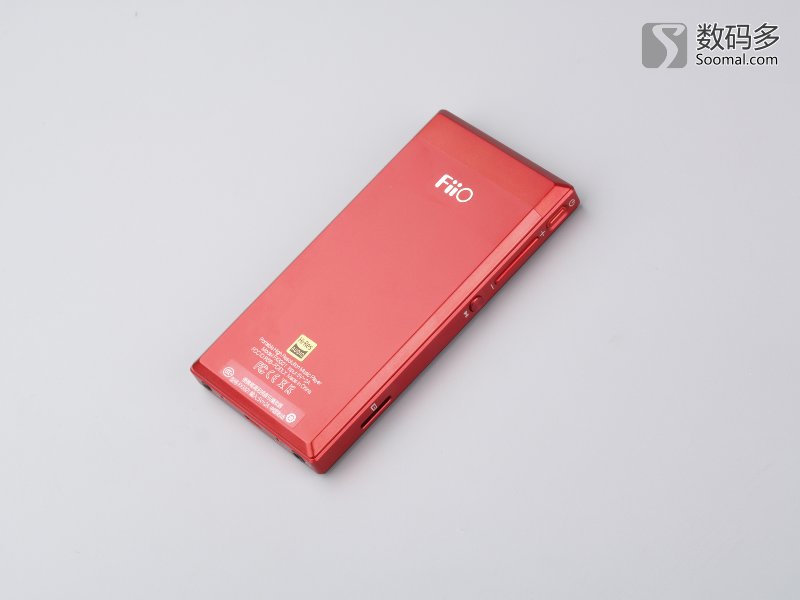
FiiO Feiao X3 Mark III Portable Audio Player
Half a month has passed since the previous evaluation, during which Feiao was right.
firmware has been upgraded. We also upgraded the firmware to the latest version 1.1.4, and conducted a comparative test and verification of some previous problems. The main strange thing is that the USB DAC mode of X3 MarkIII still does not support macOS system under the latest firmware, but supports Windows operating system when drivers are installed.
Bluetooth experience and description
Feiao has added Bluetooth wireless audio function to the 1000-yuan entry player since X1II. The application of Bluetooth audio is becoming more and more popular, especially in some special use environments, such as exercise. However, Feiao also cleverly left the Bluetooth call control channel to remote control and other devices. If you are interested, you may as well experience this remote control function. However, Feiao used an all-metal body on X1II and did not reserve an antenna position for Bluetooth, so we criticized its signal strength in the evaluation at that time without much careful experience. On the X3 MarkIII, Feiao obviously learned a lesson and left an antenna area on the top of the back. Such Feiao's existing players support Bluetooth wireless from X1 to X7.
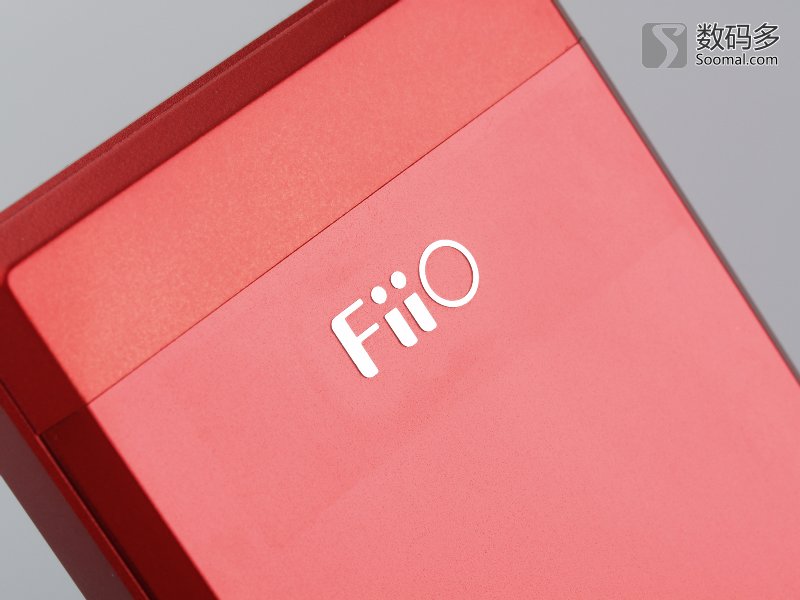
FiiO Feiao X3 Mark III Portable Audio Player-Top Antenna Area
Of course, Feiao still treats the Bluetooth performance of X1II and X3 MarkIII differently from X5 MarkIII and X7 MarkII. Bluetooth on X5 and X7 can support apt-X coding. In addition, Feiao has also optimized the software for playing high-definition audio and even DSD format files through Bluetooth. However, on X1 and X3, Bluetooth only supports SBC encoding, and does not support PCM's 24bit/96kHz and DSD file playback on Bluetooth. SBC coding is the basic coding of Bluetooth audio specification. Its data code rate is not low [328kbps], but the algorithm is too primary to reach the level of mp3 and aac 320kbp. Of course, if it is matched with different earphones, the DSP on the earphone side can also optimize SBC. For example, BOSE's Bluetooth earphones and speakers use SBC, but the final effect is good. However, in terms of comparison between SBC, AAC, apt-X and even LDAC, apt-X resolution does have advantages.
For the influence of Bluetooth sound quality, we simply sort it here. The first thing that has the greatest influence is the music file itself. Don't think that the quality of Bluetooth compression algorithm is much lower than that of the so-called lossless format, but the quality does not need to be particularly good. Bluetooth decoding equipment can easily hear the difference between FLAC and MP3, and can distinguish the advantages of 24bit/96kHz. The second bit is the Bluetooth audio codec standard. Of course, these do not include the influence of non-Bluetooth factors in the whole process, such as earphones, DSP, headphones, etc.
, as a Bluetooth function of 1000-yuan players, X1II and X3 MarkIII cannot experience apt-X a little regret even if they are matched with their own BTR1. In addition, Sony entry player A30 [just released A40] series with a price within 1500 yuan can support LDAC Bluetooth, and A40 series can also support MQA Bluetooth playback. [I. e. 24bit/192kHz.
objective test
objective test, the headphone output in USB mode and the headphone output in player mode are compared. At the same time, Feiao X3 MarkIII can switch a 3.5mm interface through software to work in three modes of coaxial digital, Lineout and earphone output. Headset output and Lineout are not simple software switching. From the actual test, the output impedance should be adjusted during Lineout. The S/Pdif signal test is completed by switching to the coaxial output of the RCA interface.
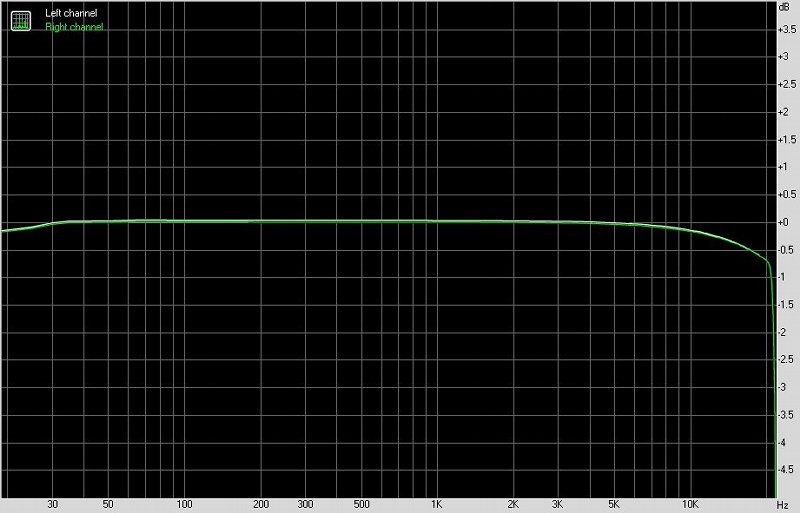
FiiO Feiao X3 Mark III Portable Audio Player-Frequency Response Curve @ HP USB
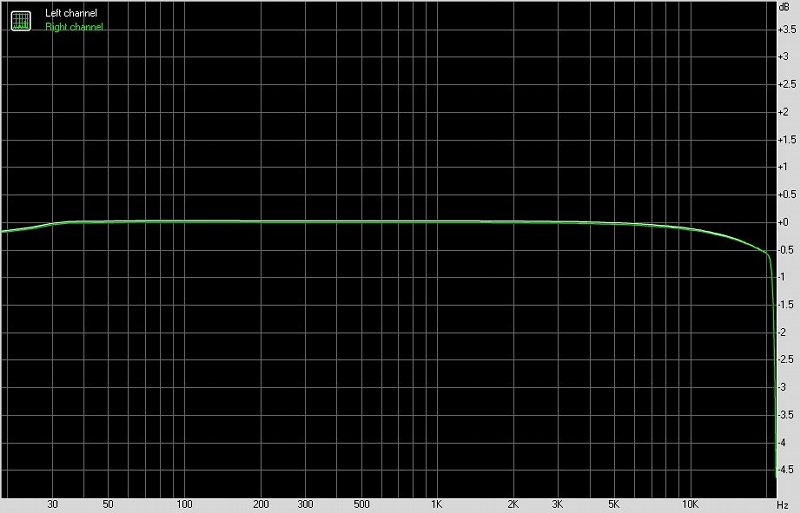
FiiO Feiao X3 Mark III Portable Audio Player-Frequency Response Curve @ HP
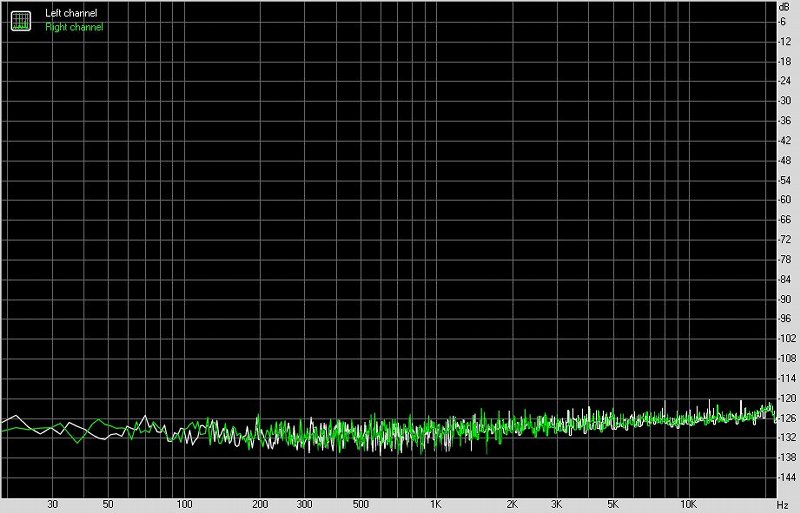
FiiO Feiao X3 Mark III Portable Audio Player-Noise Distribution @ HP USB
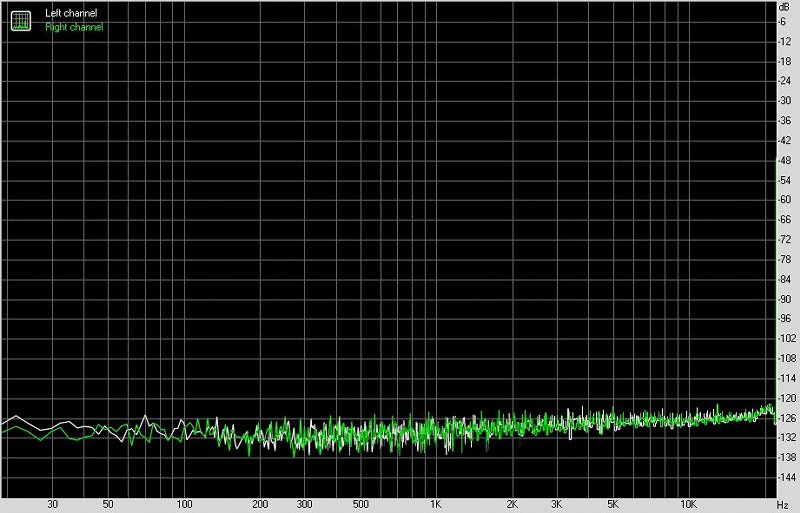
FiiO Feiao X3 Mark III Portable Audio Player-Noise Distribution @ HP
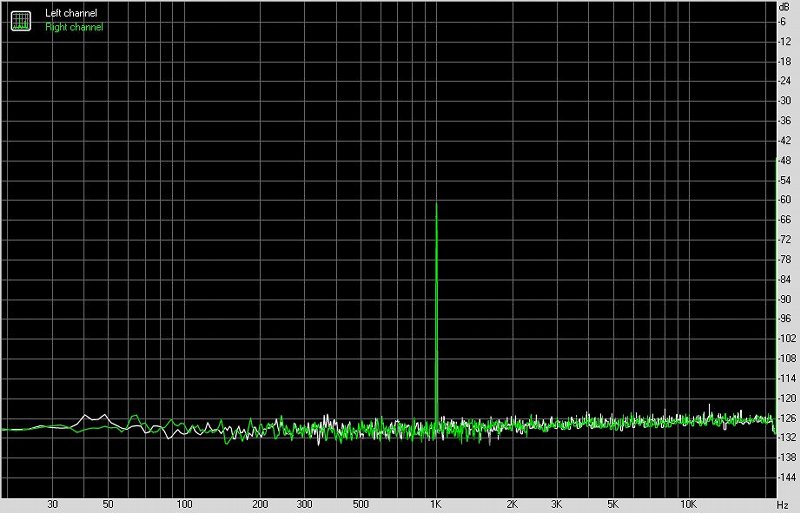
FiiO Feiao X3 Mark III Portable Audio Player-Dynamic Range @ HP USB
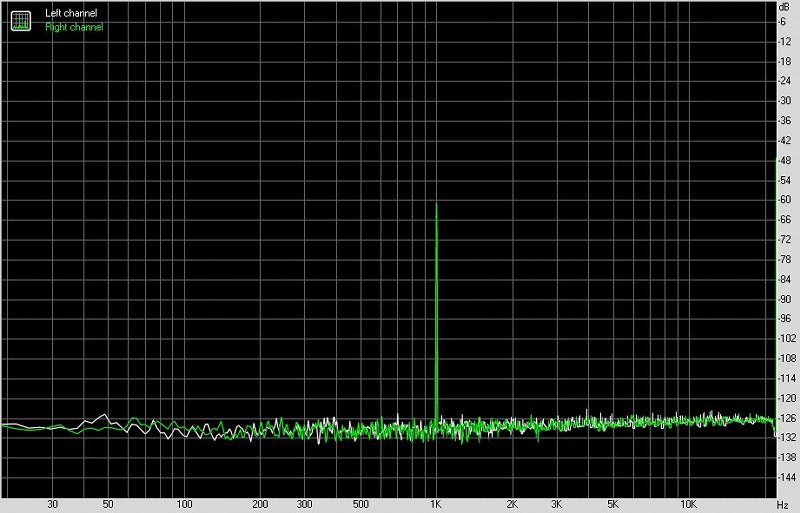
FiiO Feiao X3 Mark III Portable Audio Player-Dynamic @ HP
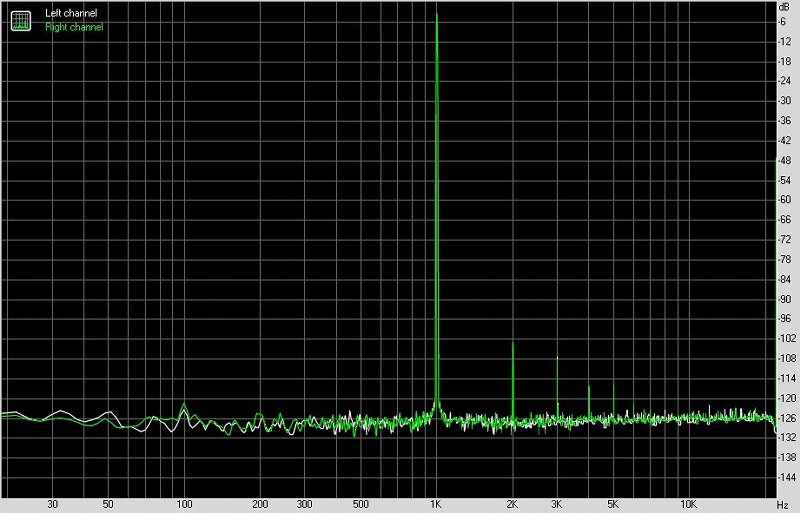
FiiO Feiao X3 Mark III Portable Audio Player-Total Harmonic Distortion @ HP USB
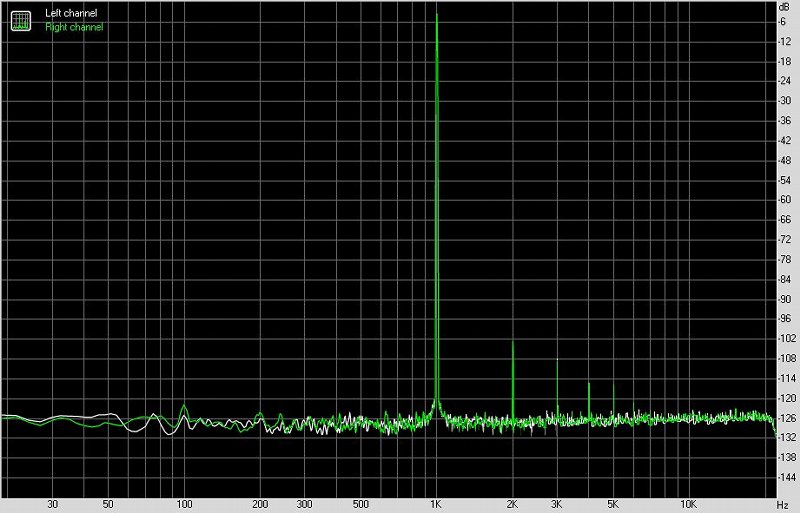
FiiO Feiao X3 Mark III Portable Audio Player-Total Harmonic Distortion @ HP
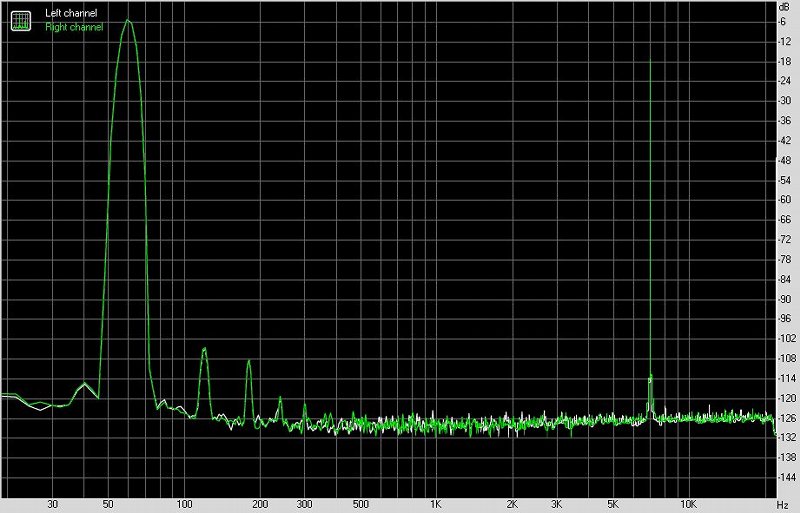
FiiO Feiao X3 Mark III Portable Audio Player-Intermodulation Distortion @ HP USB
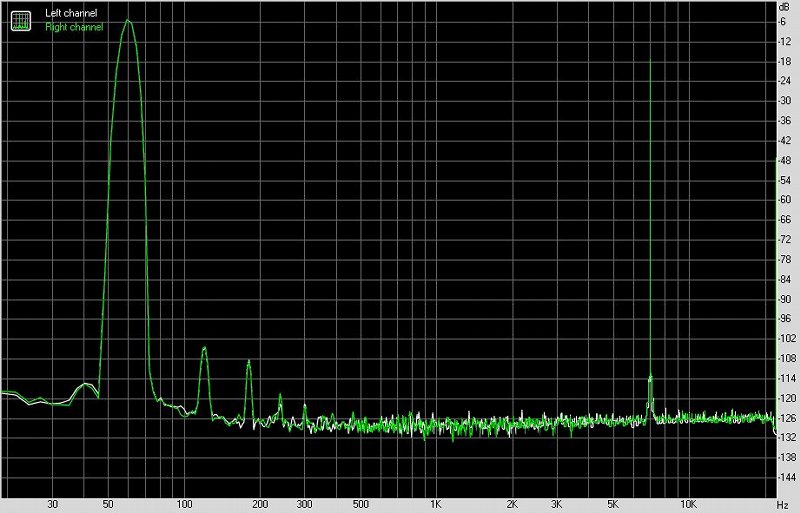
FiiO Feiao X3 Mark III Portable Audio Player-Intermodulation Distortion @ HP
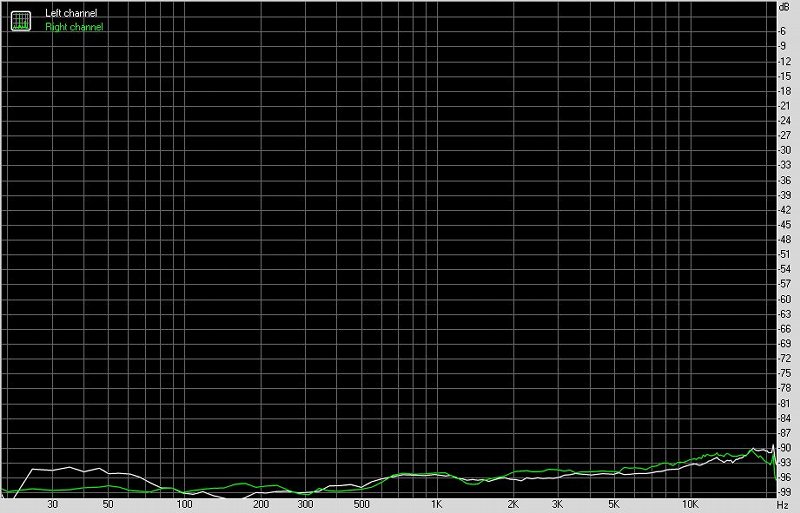
FiiO Feiao X3 Mark III Portable Audio Player-Separation Curve @ HP USB
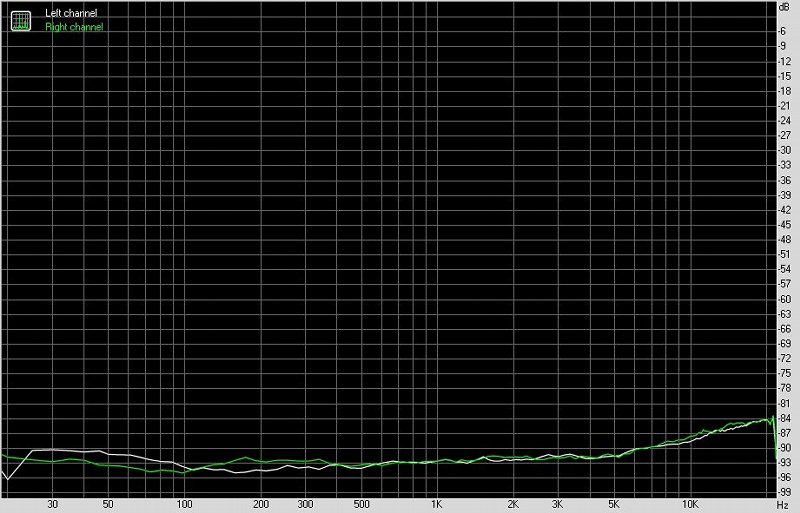
FiiO Feiao X3 Mark III Portable Audio Player-Separation @ HP
Test Item | HP | HP-USB | SPDIF | SPDIF96 |
noise level, dB (A): | -96.4 | -96.3 | -97.8 | -144.6 |
Dynamic range. dB (A): | 96.4 | 96.4 | 97.8 | 133.0 |
total harmonic distortion, %: | 0.0012 | 0.0012 | 0.0003 | 0.0000 |
intermodulation distortion, %: | 0.0045 | 0.0045 | 0.0036 | 0.0002 |
stereo separation, dB: | -92.6 | -95.2 | -98.4 | -143.4 |
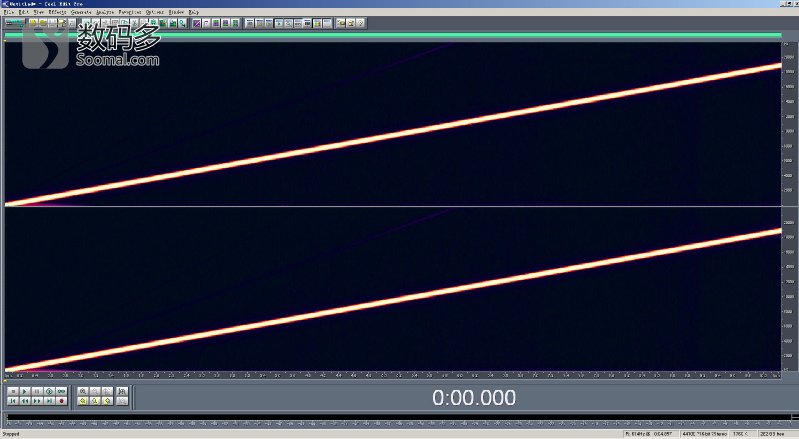
FiiO Feiao X3 Mark III Portable Audio Player-Frequency Scan @ HP USB
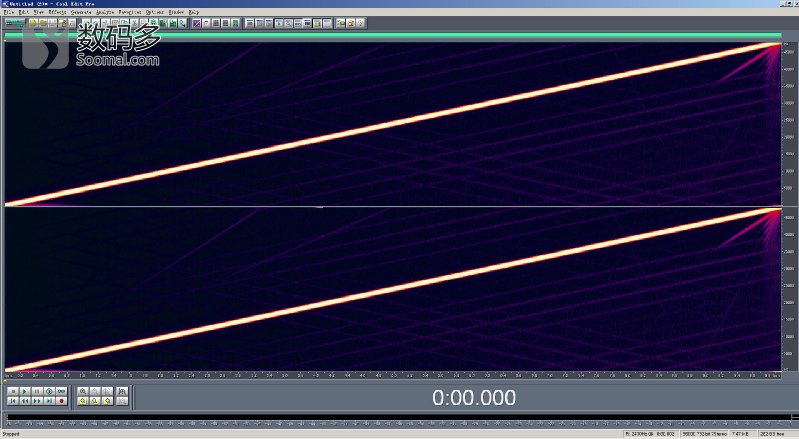
FiiO Feiao X3 Mark III Portable Audio Player-Frequency Scan 96kHz @ HP USB
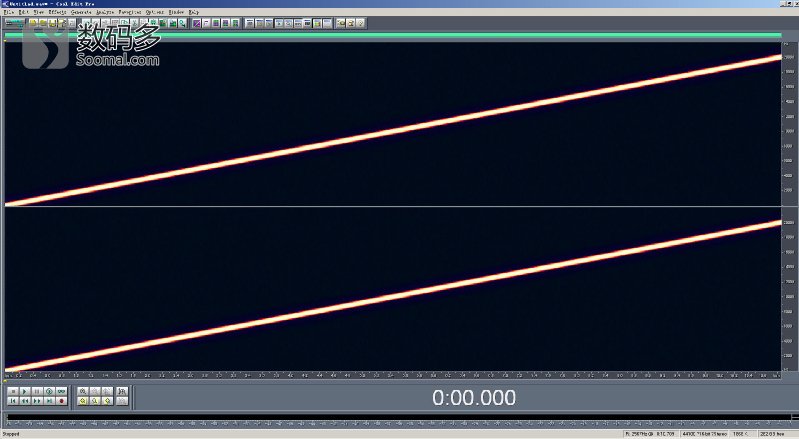
FiiO Feiao X3 Mark III Portable Audio Player-Frequency Scan @ SPIDF

FiiO Feiao X3 Mark III Portable Audio Player-Frequency Scan 96kHz @ SPIDF
From the objective test results, there is no difference between the objective results of USB mode and player mode. The output quality of S/Pdif signal is perfect. Feiao also made two modes of DSD in digital signal output on X3 MarkIII, namely D2P and DoP. D2P means DSD to PCM, that is, soft solution to PCM and then digital output; DoP is DSD over PCM, a common digital transmission mode of DSD, which transmits DSD signals through PCM channels.
subjective hearing
X3 MarkIII is similar to that of earphone output. Compared with the previous generation X3K, the overall Lineout output dynamics are improved, because the LO output voltage of Feiao products in that year is less than 2Vrms 0dB, only about-3.5dB, while today Feiao products can output 2Vrms. On the output of DSD, there is also volume compensation.
as a thousand-dollar player, there is no obvious gap between Feiao's top players, which is a more interesting side. Of course, it is X7MarkII a little better in the details of high frequency, but the range is very small. Compared with the early players such as X3K and X5K using the seashells scheme, Feiao now has a slightly better resolution than seashells, but it also brings a harder and slightly dry change in sound compared to the seashells scheme. Haibei's original high-frequency quality was not good enough, but the whole style was relatively mild. In other words, if you plan to use X3 MarkIII external digital power amplifier or some entry-level decoders, you can definitely get better results than notebook computers and desktop integrated sound card digital output, but there is still a gap with advanced digital output. The level of X3 MarkIII is very close to that of X7 MarkII.
in USB mode, the performance of the X7 MarkII is basically the same as that of the player. However, X7 MarkII officially stated during the evaluation that the USB DAC scheme has not yet been implemented, but we can already work normally under macOS in most cases. However, X3 MarkIII cannot work under macOS this time, which seems to have some problems in implementation. Also note that the digital output does not work in USB mode.
summary
Feiao X3 MarkIII does not look like X1II from the core main control chip, and follows the touch dial control design used from X1II, but compared with the latest X1II firmware and X3 MarkIII, the control of X3 MarkIII is obviously better. This processor has sufficient performance for the player, but when decoding DSD, the system's control experience will be reduced to a certain extent.
in the DAC configuration, the well-known DAC chip CS4398, which used two generations, was replaced from X3. Judging from the DAC positioning, the reputation of CS4398 is obviously much better than that of PCM5242, but X3 MarkII uses two PCM5242. This design has market publicity needs. Dual DAC to balanced output is more in line with the slogan of popularizing balanced output. However, this cannot be regarded as a pure slogan, because the overall sound performance of the X3 MarkIII is indeed improved compared with the previous one, and the driving force and dynamics are indeed improved. Compared with the single-PCM5242 X1II, it makes up for the most obvious problem of the lack of medium and high frequency dynamics. The whole sound form is much better. Apart from analytical power, the sound style of X3 MarKIII is definitely stronger than that of X5MarkIII or even two generations of X7. In terms of the same new product upgrade, the revision and improvement of X3 MarkIII is also stronger than that of X5 and X7 generations. I hope the voice performance on the X3 MarkIII is not just the result of flying pride and blindness. Comprehensive appearance and overall performance of functions, Soomal gave X3 MarkIII player a recommended rating.
The article was transferred from Zhao Yuwei, please stamp the original link>> 〉 〉Click



